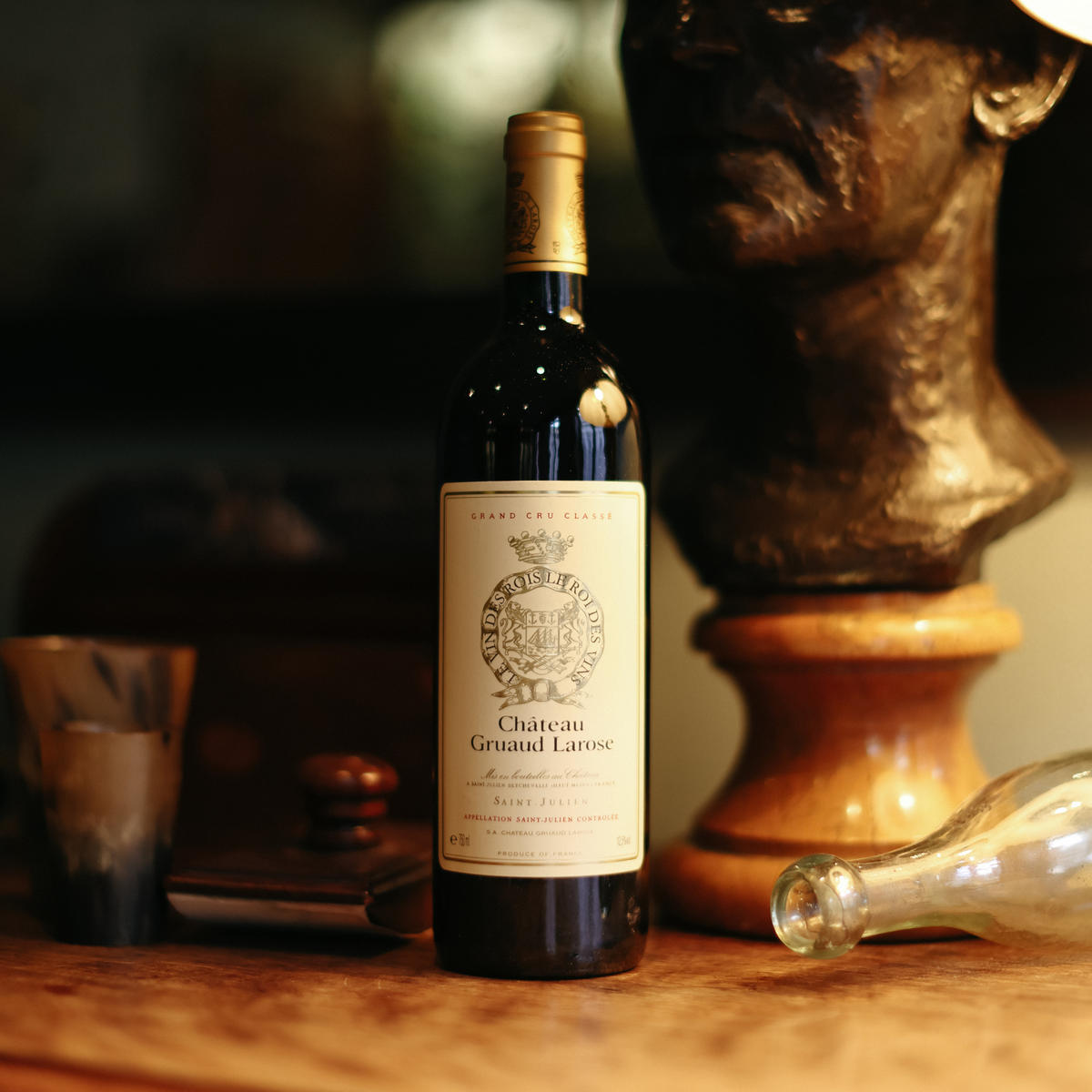The three ages of wine
Author: Issariya Morgan

Many of us assume that aged wines are better than their youthful counterparts, but we all have different palates. If you don’t quite understand your tastes, it’s difficult to manage your cellar and know when to withdraw your wines. So, what exactly happens when a bottle is laid down to rest? To illustrate the ageing process in action, we lined up three vintages of the same wine to see how each is tasting.
It’s a familiar adage that wines get better with age, but the question of “better” is a subjective one. Do you prefer your wines brimming with fresh fruits, or nuanced and complex with hints of mushroom and leather? There are no wrong answers – it’s all down to what you like to drink. But it’s good to know when to pull the cork, so you end up with a wine in your glass that you’ll enjoy.
Wine is a constantly evolving thing. When it is young, the fruits in the mix are all crying out for attention: vibrant, tightly woven and tart. At this stage, the tannins are at their thickest, and you’ll feel them furring your teeth and gums. While that may not sound especially pleasant, tannins marry particularly well with dishes rich in protein and fatty meats, making such young wines perfect for pairing with hearty meals.
As a wine ages, these fruits gradually fall away. The acidity levels come down, the tannins soften, and the overall profile is one of greater complexity, with more savoury elements coming to the fore. Some wines have long lives, and given the right conditions, can happily keep evolving this way in the cellar, developing all sorts of nuanced tertiary flavours.
To taste this process in action, we lined up three vintages of exactly the same wine: the 2018, the 2005 and the 1995 bottlings of the grand vin from Château Gruaud Larose in Bordeaux.
2018: young, fresh and lively
At the time of writing, this wine is around five years old – which, for this style of wine, is very much youthful. As you’d expect, the colour is a deep purple, brooding, like forest fruit compote. The fruit character is very dense and dark, with notes of sticky black cherries, plum jam and blackcurrant cordial, alongside touches of menthol, liquorice and lilac.
The acidity is high, but this is partly masked by the intense bursts of fruit leaping out of the glass. The tannins are particularly thick, clinging to your teeth in as little as one sip. The overall picture is one of vibrancy and intensity, with all the elements in place to settle in for a long resting period. Acidity, tannins, body, complexity – ticks all round.
2005: in elegant middle age
At almost 20 years old, many of the elements that were so tightly coiled in the ’18 have now unfurled. The wine is much more relaxed and open, with the fresh fruits giving way to a more muted dried fruit profile – dried cranberry, raisin, prune – with notes of leather, oak spice and leaves coming to the fore.
The tannins have softened considerably, joining together and creating a more silken texture. Gone is the striking bruised fruit hue; the colour here is a mellow kind of garnet. Conversely, the acidity is perhaps more noticeable here than in the ’18, in the absence of fresh fruits. As Barbara Drew MW says, “our brains take all sorts of short cuts when you smell and taste a wine.” Acidity levels don’t change too dramatically with time, but our perception certainly does, depending on the accompanying flavours in the liquid.
Whether you like the wine or not will inform how much you notice the acidity. If you like the wine (as I do), you might interpret the whole profile as fresh, silky and balanced. If you don’t like it, your attention might be drawn to the acidity, and it may still seem a little sharp. But overall, the impression is one of elegance and poise.
1995: funky, smoky and savoury
We’re inching closer to the 30-year mark here. There is a heady perfume leaping out of the glass, but it is not especially fruity. To me, I can’t help smelling funky aromas of mushroom and fermented tofu, plenty of Chinese spices, soy sauce and miso (but that may be a reflection of how much time I spend in Asian supermarkets). There’s certainly plenty of leather, tobacco, dried meat and smoke at play, alongside dark chocolate, graphite and dried fruits.
The colour here is a delicate light garnet. With even more fruit having fallen away at this point, you might start to notice the tannins again. Although softer, they may also seem somewhat “chewy”. The acidity is much more muted, the brightness gone, contributing to a much more tertiary and savoury character overall.
You wouldn’t necessarily want to decant a wine like this, apart from to remove the sediment, as the aeration would age the wine even further.
A note about the wine
Château Gruaud Larose, based in the St Julien appellation on Bordeaux’s Left Bank, is famed for its full-bodied and long-lived wines. Every vintage is dominated by Cabernet Sauvignon, with Merlot playing the supporting role, and a little Cabernet Franc and Petit Verdot. These expressions are fairly typical of red Bordeaux, giving a good indication of how you could expect a wine of this style to develop.


